Upcoming Seminars
Stay tune!
Past Seminars

Overview of the MOMS Program at NSF
April 05, 2017 - 1:00 pm
Speaker: Dr. Kara Peters
This presentation will present an overview of the Mechanics of Materials and Structures (MoMS) program within the Civil, Mechanical, and Manufacturing Innovation Division at the National Science Foundation. The Mechanics of Materials and Structures program supports fundamental research in mechanics as related to the behavior of deformable solid materials and structures under internal and external actions. The program supports a diverse spectrum of research with emphasis on transformative advances in experimental, theoretical, and computational methods.

Extracting Heat from the Earth - Why does Micromechanics Matter
March 17, 2017 - 11:00 am
Speaker: Dr. Ingrid Tomac
Geothermal energy extraction via Enhanced Geothermal Systems (EGS) is being explored at the pilot level, but still faces technical challenges related to hydraulic fracturing of rock, as well as placement of proppant into rough fractures to maintain a stable aperture for successful long-term operation. This presentation focuses on the role of micro-mechanical analyses in gaining a better understanding of the complex, coupled behavior associated with EGS development. The particular micro-mechanics tool used in this study is the Discrete Element Method (DEM).

Numerical Simulation of Cone Penetration for Development of Engineering Correlations
February 28, 2017 - 11:00 am
Speaker: Diane Moug
Correlations of cone penetration test (CPT) measurements to geotechnical soil properties have been well developed for clean silica-sands and sedimentary clays. However, CPT correlations that directly address intermediate soils, such as clayey sands, sandy silts, non-plastic silts, are often not theoretically informed, and furthermore these soils are not well represented in case history data-bases for empirical correlations. These gaps in engineering practice are addressed through a mechanics-based framework to develop correlations between CPT data and engineering soil properties.
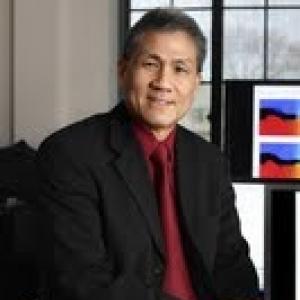
Self-Consistent Clustering Analysis for Data-Driven Design of Multiscale Material Systems
February 27, 2017 - 12:00 pm
Speaker: Professor Wing Kam Liu, PE
The advent of advanced processing and manufacturing techniques provides unparalleled freedom to design new material classes with complex microstructures across scales from nanometers to meters. In this lecture a new data-driven computational framework for the analysis and design of these complex material systems will be presented. A mechanistic concurrent multiscale method called self-consistent clustering analysis (SCA) is developed for general inelastic heterogeneous material systems.

Nano-Engineering Materials and Structures for Aerospace Applications
February 24, 2017 - 12:00 pm
Speaker: Professor Ya Wang
Vibration energy harvesting is a demonstrated solution to power sensors, and even low power actuation systems. Most ambient vibration is rectilinear and broadband in nature and is particularly rich in the low-frequency regions. They exist in many different environments, encompass significant energy potential, and can be extracted with little to no (or even beneficial, e.g. damping control) impact on the environment. Examples include vibrations induced by large infrastructures (i.e. bridges, buildings) and our daily activities.

Earthquake Resilient Housing through Enhanced Light-Frame Uni-body Construction with Low-Cost Seismic Isolation
February 21, 2017 - 4:00 pm
Speaker: Professor Gregory Deierlein
While light-frame residential house construction generally performs well with respect to life safety, experience from past earthquakes indicates that widespread damage to houses can lead to large financial losses. The damage and losses are not entirely unexpected, owing to prevailing design philosophies that advocate reduced earthquake design forces using ductile seismic systems. In contrast to current approaches, a new seismic design methodology is proposed to reduce deformations and damage through an enhanced strength/stiffness limited ductility light-frame shear wall system.
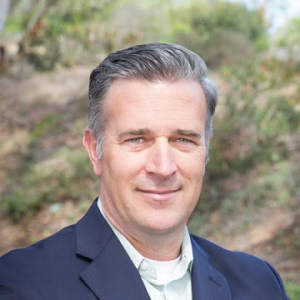
Being a Valued Employee: Standing out Effortlessly
February 13, 2017 - 12:00 pm
Speaker: Lon McPhail
What your boss needs most of all - doing your job is half the battle
How to report findings and activities- short, sweet, and to the point
Delivering bad news- it's an art form... two to the chest, or one to the Head.
Everything you write matters! - understanding that every word you write down should be publishable, and why.
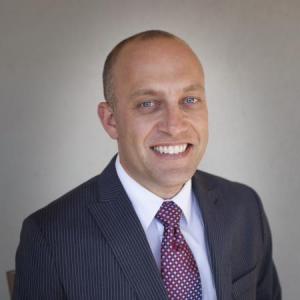
Levees, Earthquakes, and California's Water Distribution System
January 30, 2017 - 12:00 pm
Speaker: Professor Scott J. Brandenberg
The Sacramento / San Joaquin Delta is the hub of California's water distribution system, providing fresh water to over 20 million Californians and directly supporting our $50 billion/year agricultural industry. A network of over 1,100 miles of levees circumscribes Delta "islands" that lie as much as 10m below sea level. Unlike traditional flood control levees that are intermittently loaded during high water events, the Delta levees constantly impound water and have as little as a meter of freeboard at high tide.
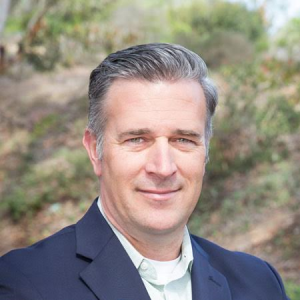
What to Expect: Advice from the Future
January 23, 2017 - 12:00 pm
Speaker: Lon McPhail
Your first 30-60-90 days - how to learn the company needs and add value to make yourself indispensable.
Social media and your professional life - making sure you're employable and sending the right message to your colleagues
Email do's and don'ts...and don't ever's - it's only "a quick little note" until it's read back to you by the Senate oversight committee for internal affairs. :-)
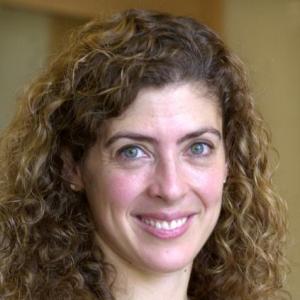
Get Fired Up: What Structural Engineers Should Know About Fire Design
January 18, 2017 - 12:00 pm
Speaker: Professor Maria Garlock
The increasing complexity of building structures makes it sometimes difficult to apply a prescriptive approach for fire design and at the same time maintain efficiency, economy, and elegance. While there is a place for prescriptive design, there are other tools that better enable the design intent. This lecture begins with a historical examination of fires in major structures and the impact that these events had on fire design. Then, new opportunities for fire design through a performance-based approach are discussed. Such an approach requires knowledge of the fire characteristic, therm
